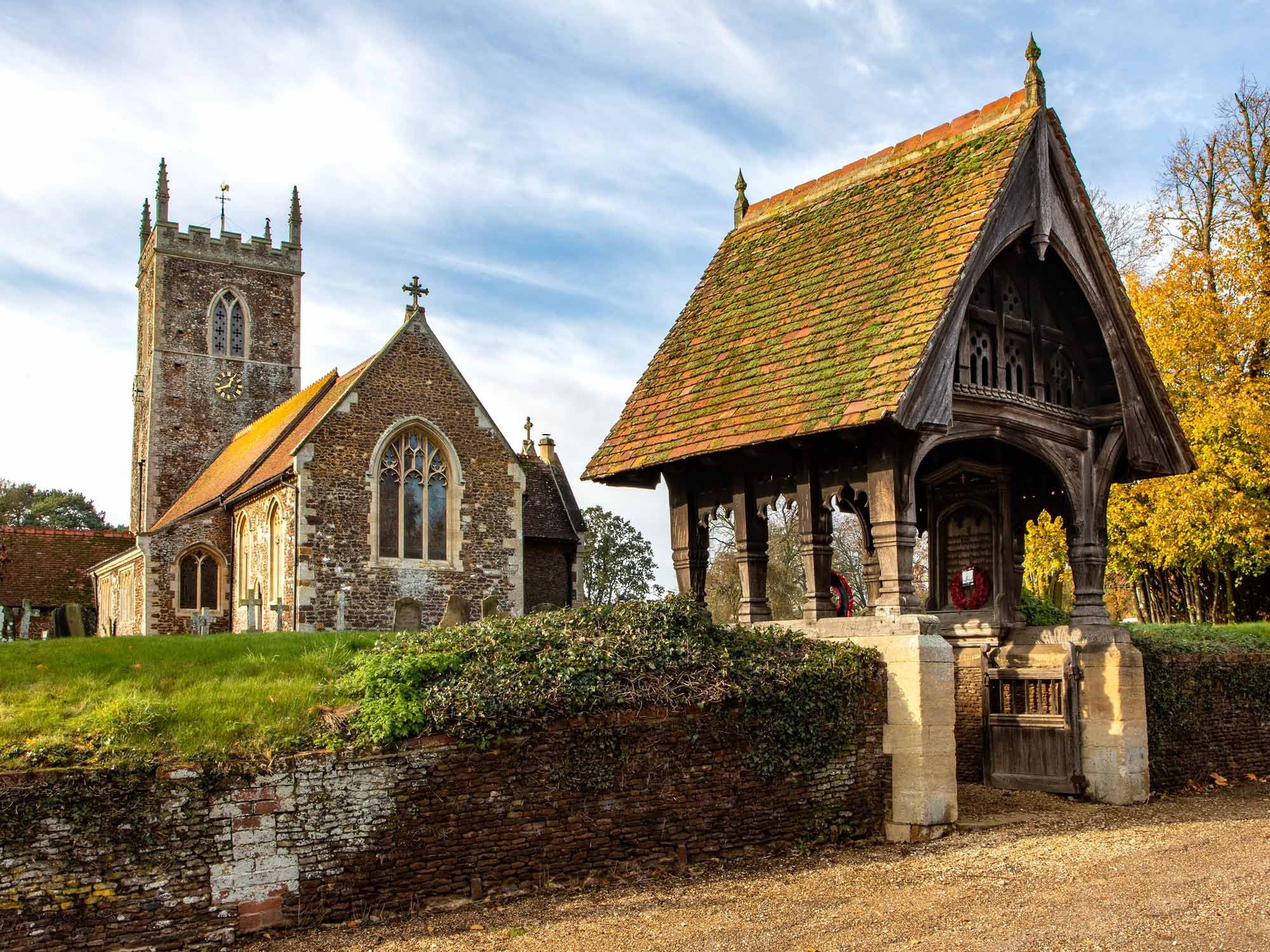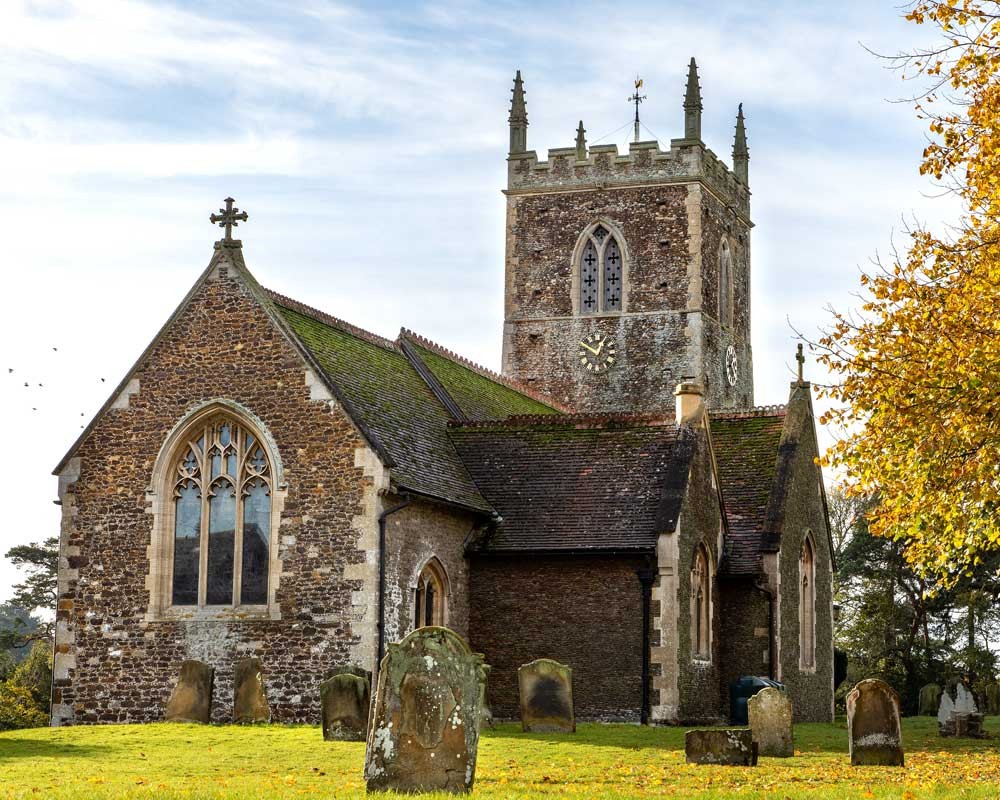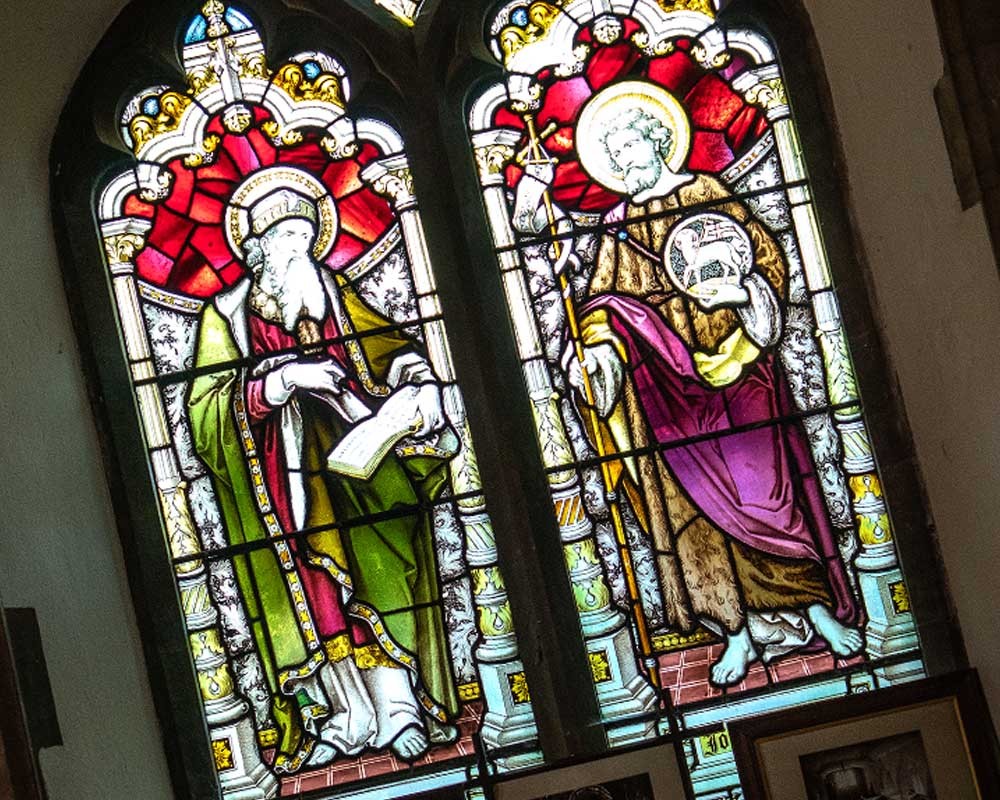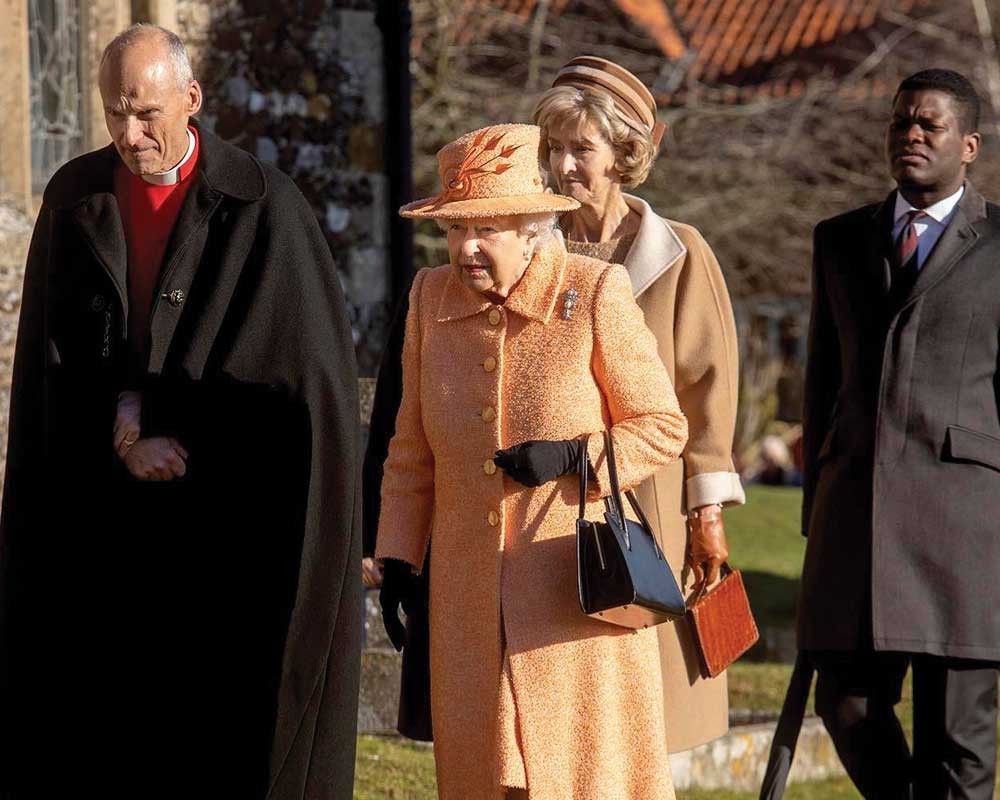
Royal connections and military heroes
Dedicated to the saints Peter and Paul, the beautiful church of West Newton sits on the royal estate of Sandringham, and features a memorial to one of WWI’s most enduring mysteries
What better way to commemorate the men of the village who lost their lives in the First World War than by carving their names into the lych gate to the church that had been such a major part of their world?
Commanding a superior view across the fields and woods of the Sandringham Estate where many of these men had worked is the church of St. Peter and St. Paul. Seated on a grassy mound overlooking the village of West Newton, home to the men of the Sandringham Unit of the Royal Norfolk Regiment lost in the Gallipoli campaign at Suvla - the famous ‘lost battalion’ - it gives a feeling of stability in an ever-changing world. Yet this charming little church hasn’t been without its own changes over the centuries.
Built in medieval times, it flourished into the 15th century with the addition of a porch and aisles, and in the following years, slabs with brass inlays demonstrating prosperity were assembled near the tower and font. But all this was to change, and by the middle of the 19th century St. Peter and St. Paul was sadly described as being “of melancholy appearance and in an almost hopeless state of neglect and dilapidation.”
Many of the churches in northwest Norfolk were in a similar state of disrepair, but the Prince of Wales’ patronage at this time may well have saved the church of West Newton from further distress. Victorian restoration brought a modern roof, pews to replace the original high-backed box pews, and floor slabs around the elegant white font where past rectors of the parish are remembered - but there is little opulence here.
Following Queen Victoria’s purchase of the estate in 1862 as a wedding gift for the Prince of Wales, work started on restoring the 14th-century tower of solid carrstone, which was prominent from every corner of the village. The church was then almost completely rebuilt in 1880 by architect Arthur Blomfield, who was working on St. Mary Magdalene Church at Sandringham at the time.
Internally, the nave’s clear glass cottage-style windows are an attractive feature of Arthur Blomfield’s design - and with their views over the fields they add a welcoming atmosphere that seems just right for a country village church.
At the time of much of the restoration work, the organ (with pipes completely filling the north transept) was presented by Queen Victoria - while the oak chancel stalls were gifted by the Duke and Duchess of Edinburgh New brasses consisting of a cross and candlesticks were received from the Crown Prince and Princess of Germany, while Lord Colville donated an alms dish.



This was a genuinely collective effort - the pulpit was gifted by the household of the Prince of Wales, the new pews were provided by the parishioners themselves, and a lovely reredos of mosaic panels depicting wheat and vines was given to the church by Prince Leopold, Duke of Albany.
Even the architect joined in. Arthur Blomfield gave the church its lectern, an elaborate wooden tower with ‘Search the Scriptures’ carved on one side and ‘My Words Shall Not Pass Away’ on the other.
The WWI memorial window by the famous stained glass artist Karl Parsons in 1920 is perfect in this intimate setting that holds these brave men in such high esteem. The centrepiece of Captain Frank Beck of the Sandringham Company of the Royal Norfolk Regiment is flanked on either side by the crest of the Norfolk Regiment and the hell that was Suvla Bay in 1915 - and features the inscription “To the Glory of God and in proud and loving memory of Captain Frank Beck MVO and his men. They gave their lives for King and Country on August the twelfth nineteen hundred and fifteen.”
Respected by King George V and his mother Queen Alexandra, Captain Beck, who was land agent on the Sandringham Estate, knew every man of the Sandringham Company by name - and had known many of them since their childhood. They were gardeners, gamekeepers, farm labourers and household servants, and this loss of so many local men hit the village very hard, drawing the sympathy of Queen Alexandra for the families.
Captain Beck’s widow, local girl Mary Plumpton Wilson (who died in 1938) is also remembered by a brass plaque close to the church entrance. A memorial on the north wall is to the men of the village killed at the Battle of Inkerman during the Crimean War in 1854.
In 1907 a clock face was added to each side of the 14th-century tower as a memorial to Canon Frederick Hervey, who was rector of the church for 29 years - and was also domestic chaplain to the King.
The church of St. Peter and St. Paul has always been rather special to Queen Elizabeth II who, since her succession in 1952, has made it the final visit of her Christmas holiday in Norfolk. The event is usually combined with a special prize-giving ceremony for choristers and children of the local primary school at the village hall on the first Sunday in February.
